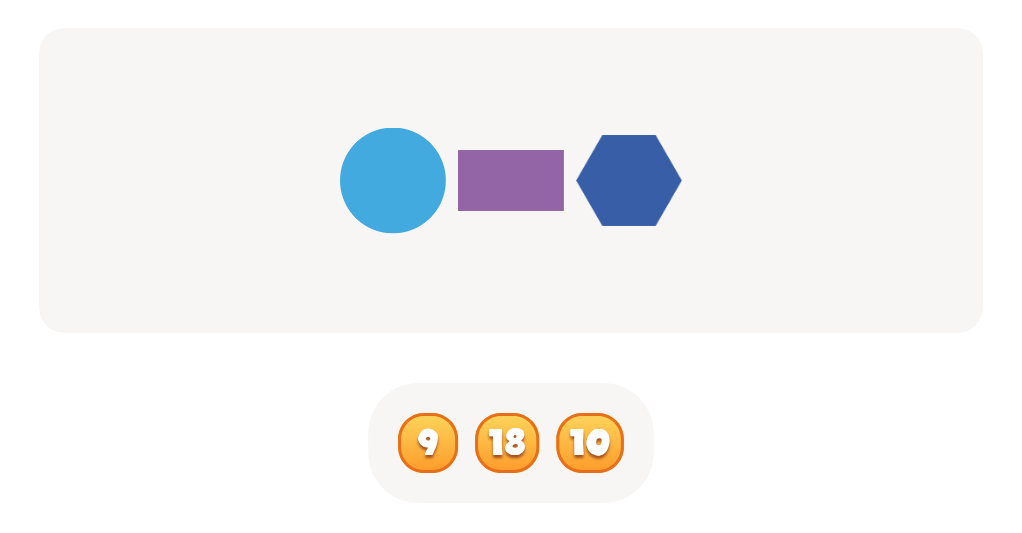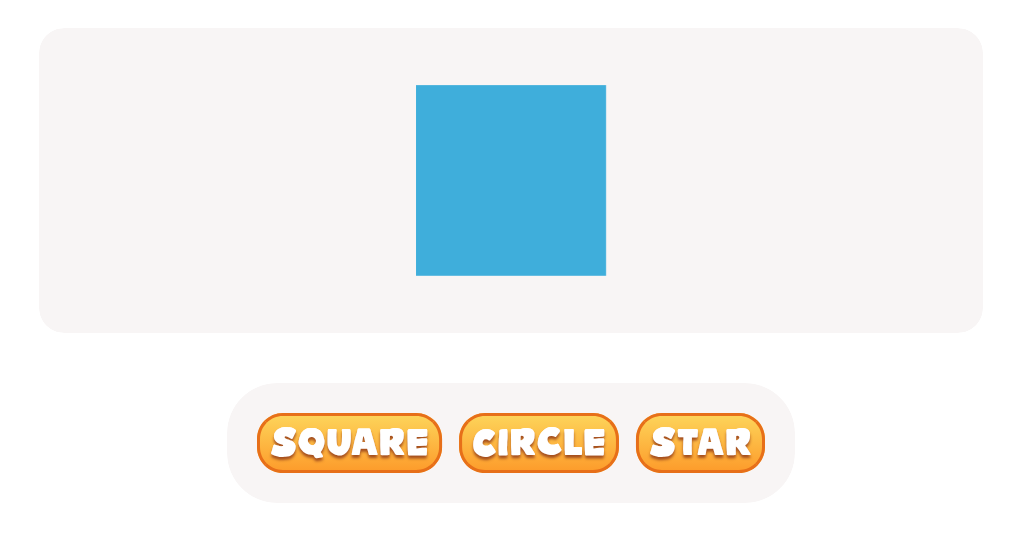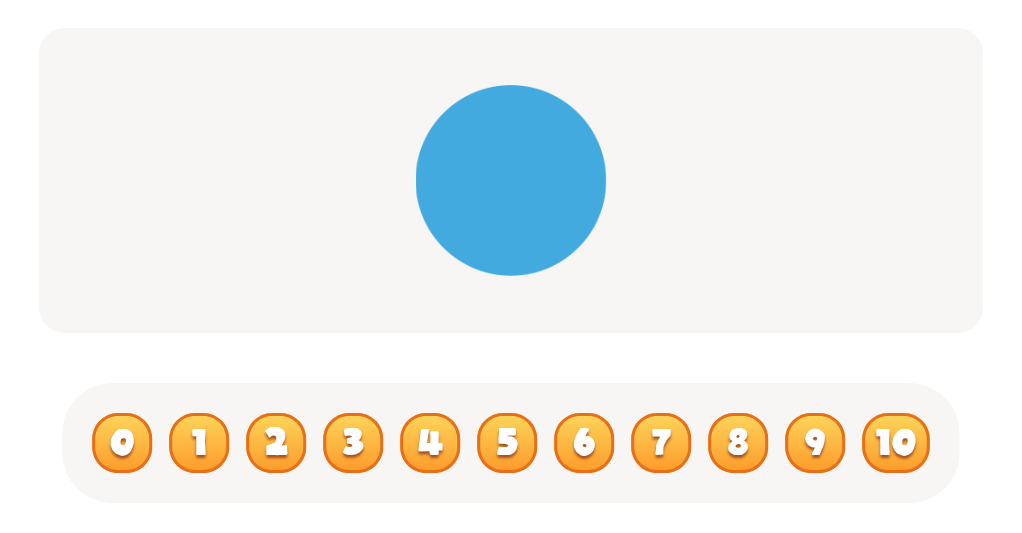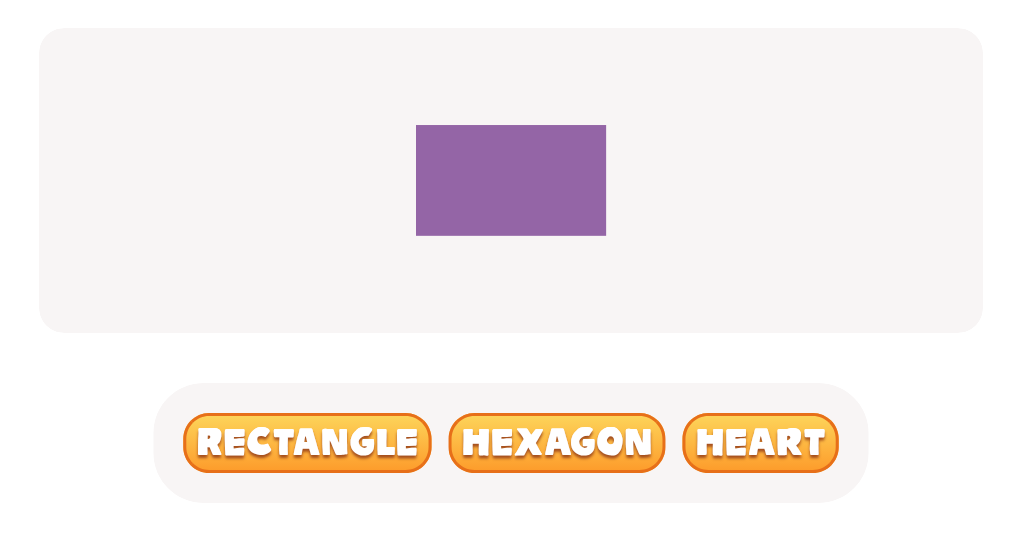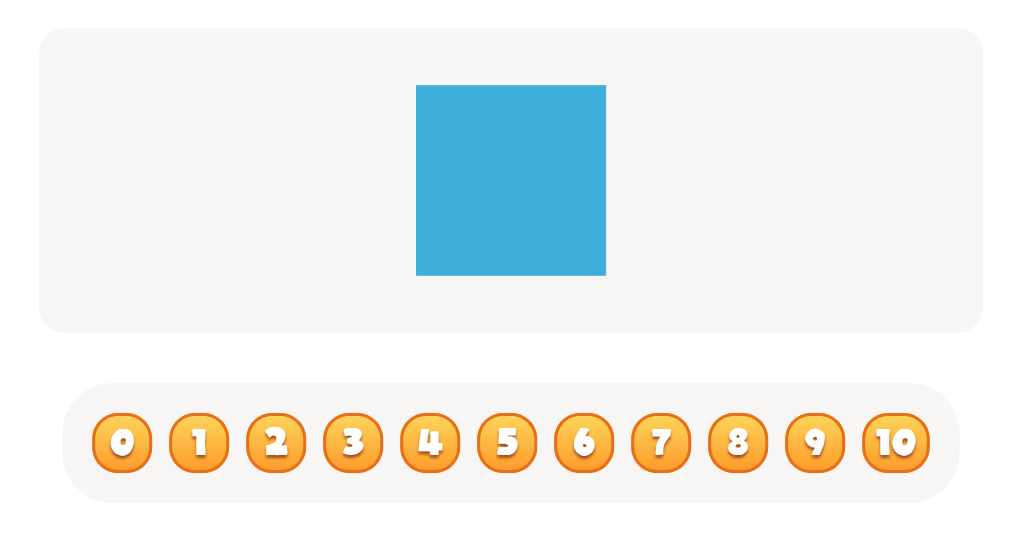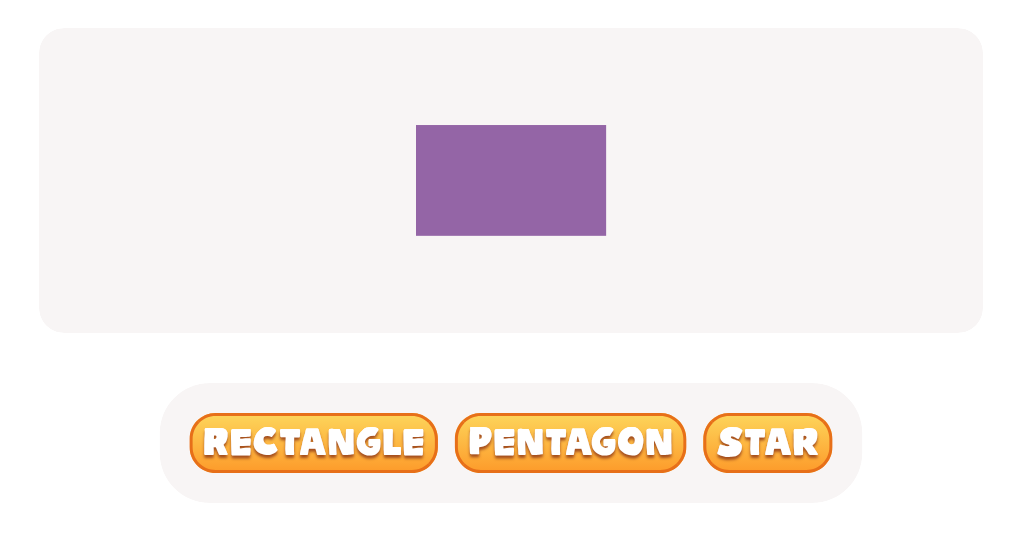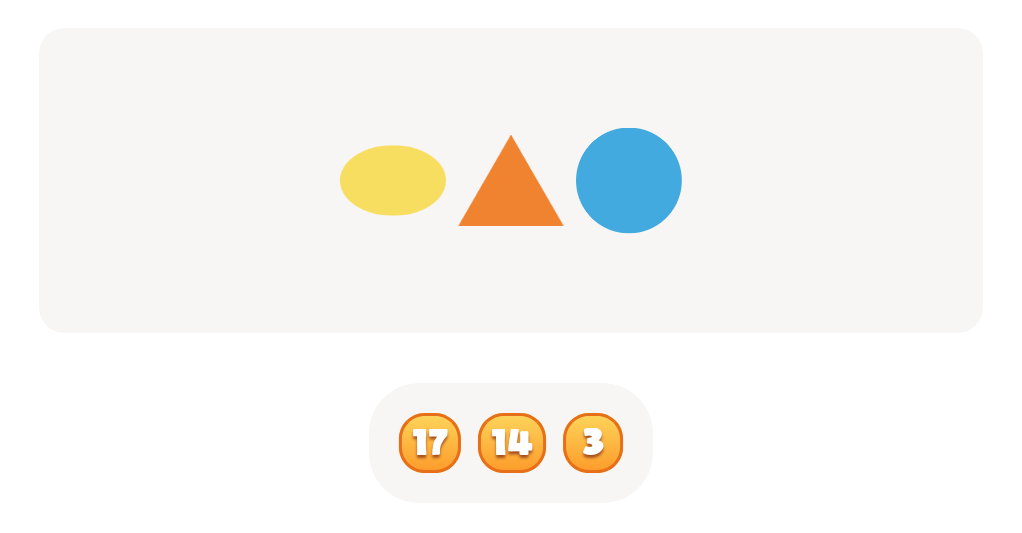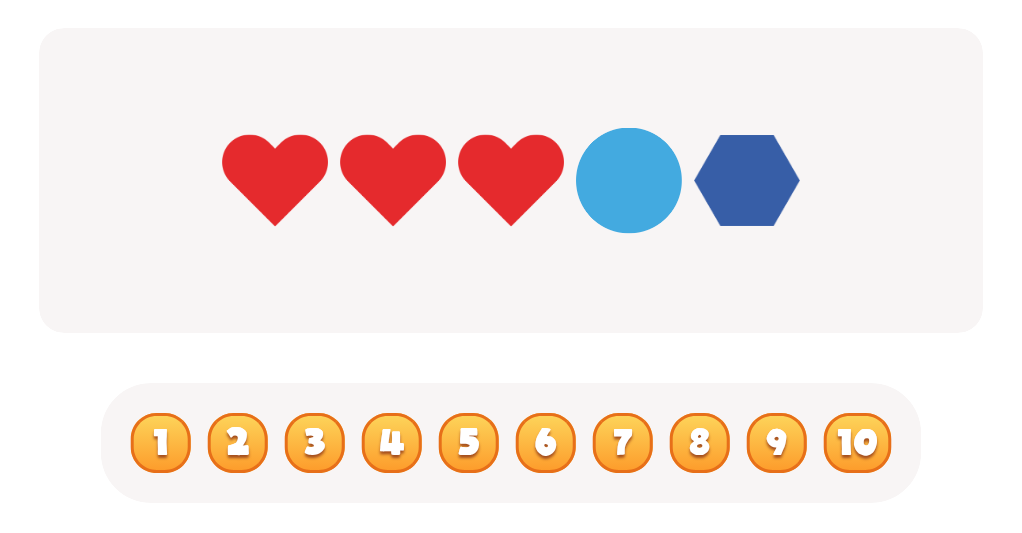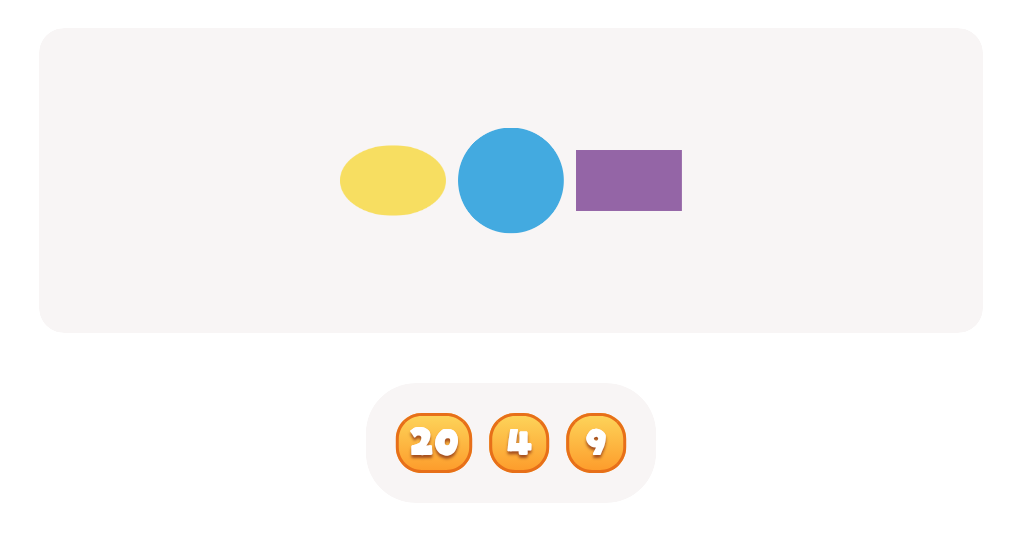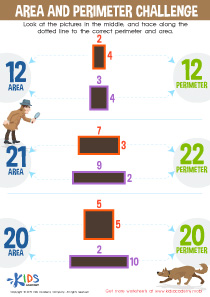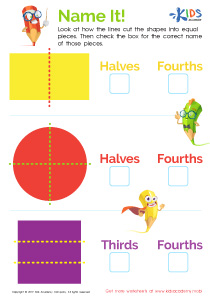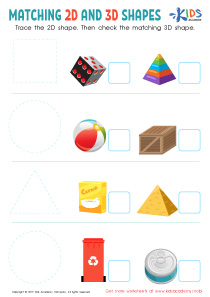Problem-Solving Skills 2D Shapes Worksheets for 6-Year-Olds
5 filtered results
-
From - To
Enhance your child's problem-solving skills with our engaging 2D Shapes Worksheets, designed specifically for 6-year-olds. These worksheets combine fun and learning by presenting various challenges that encourage young learners to think critically and recognize patterns using 2D shapes. From identifying different shapes to solving geometry-based puzzles, these activities promote cognitive development and spatial awareness. Perfect for home or classroom use, our worksheets are crafted to build a solid foundation in geometry while making learning enjoyable. Give your child the tools they need to excel in math and beyond with these expertly designed problem-solving exercises.
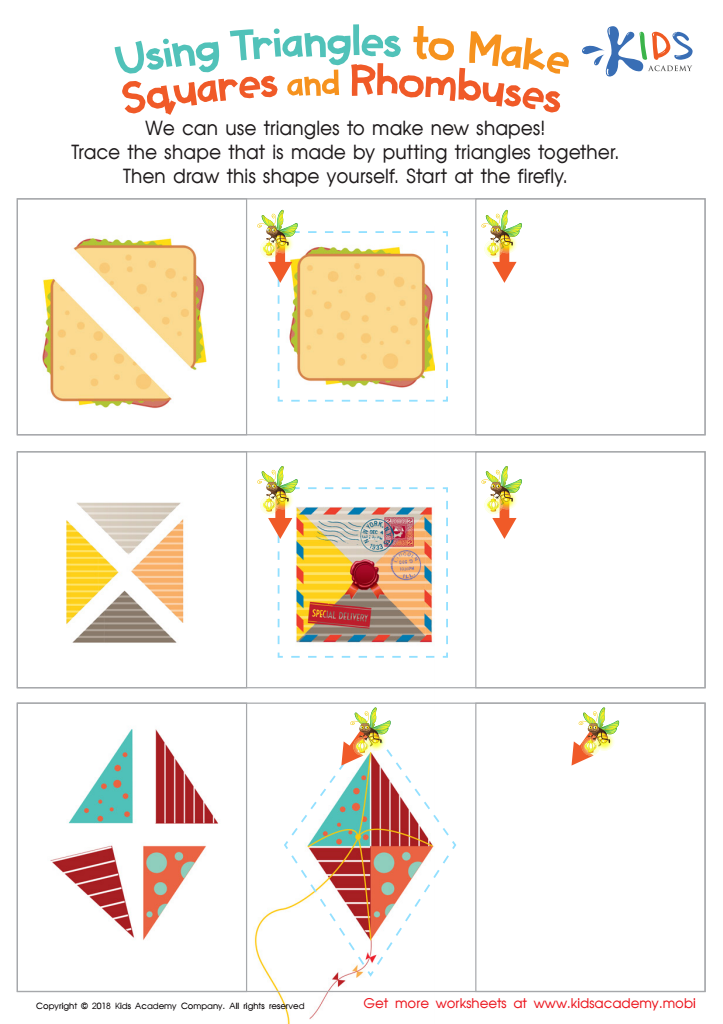

Using Triangles to Make Squares and Rhombuses Worksheet
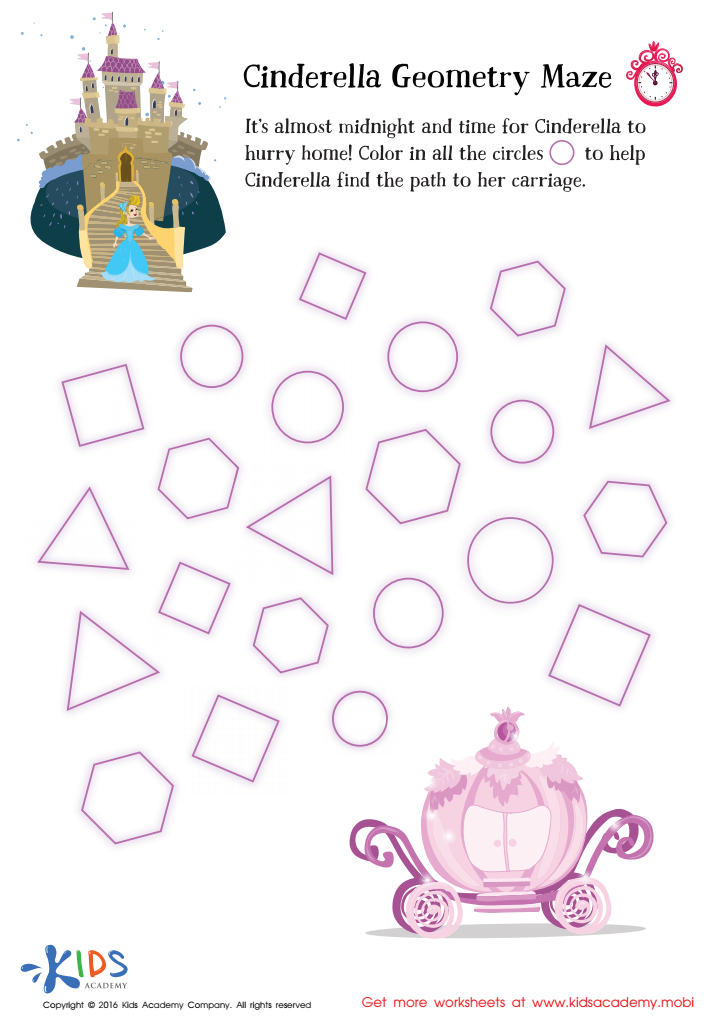

Cinderella Geometry Maze Worksheet


Learning to Draw Crescents And Triangles Worksheet
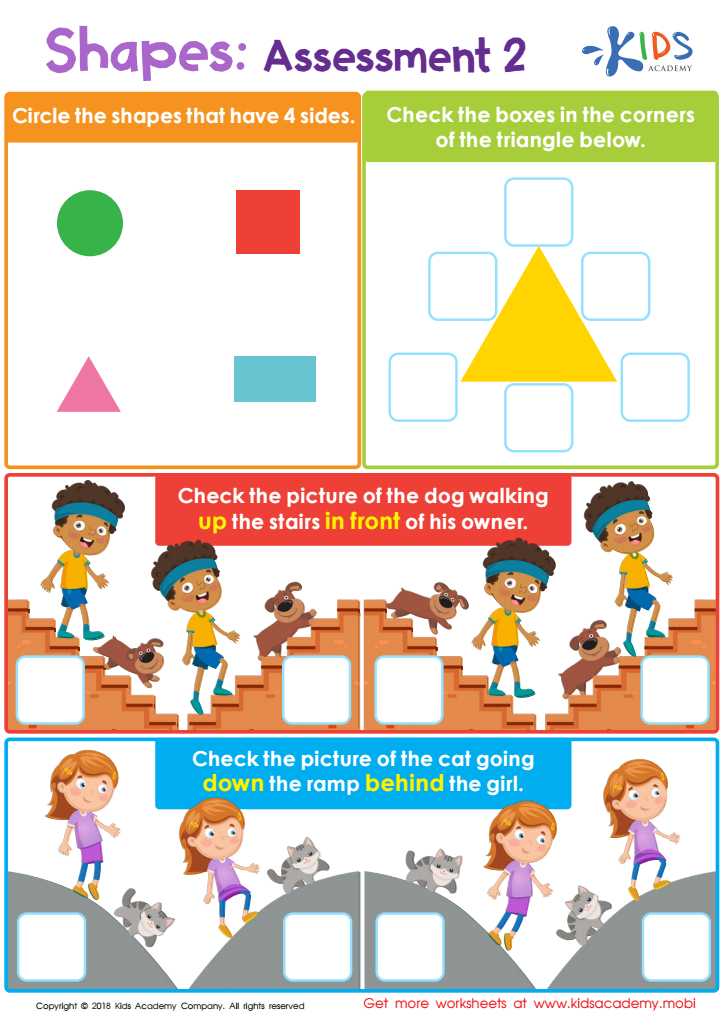

Shapes: Assessment 2 Worksheet
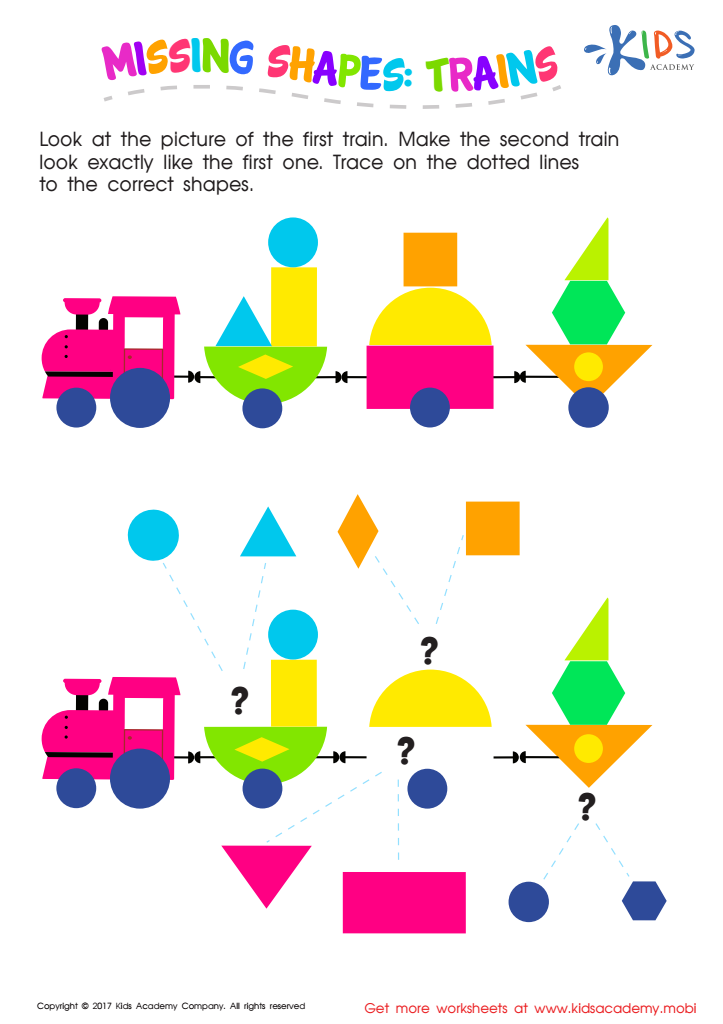

Missing Shapes: Trains Worksheet
Problem-solving skills and knowledge of 2D shapes are fundamental building blocks in a young child's education. For 6-year-olds, mastering these skills provides several essential benefits. Start with problem-solving: this key ability enhances cognitive development, encouraging children to think critically, assess different perspectives, and develop strategies for overcoming challenges. These skills form a foundation for lifelong learning, preparing children to tackle both academic and real-life problems confidently and independently.
Introducing 2D shapes to 6-year-olds is equally crucial for several reasons. Firstly, shapes are the basic elements of geometry, helping children comprehend spatial relationships and properties like size, symmetry, and angles. Recognizing and analyzing 2D shapes sharpen their visual-spatial skills, which are not just vital for math but also for reading and navigating the world around them. Shape recognition aids in early literacy as children learn to differentiate and categorize letters and numbers, bolstering their reading and writing proficiency.
Combining problem-solving activities with shape identification enriches a child’s cognitive abilities while making learning fun and intuitive. When parents and teachers focus on these areas, they are nurturing a child's analytical thinking, creativity, and readiness for more complex concepts in higher grades, thereby setting up a strong academic foundation.
 Assign to My Students
Assign to My Students
